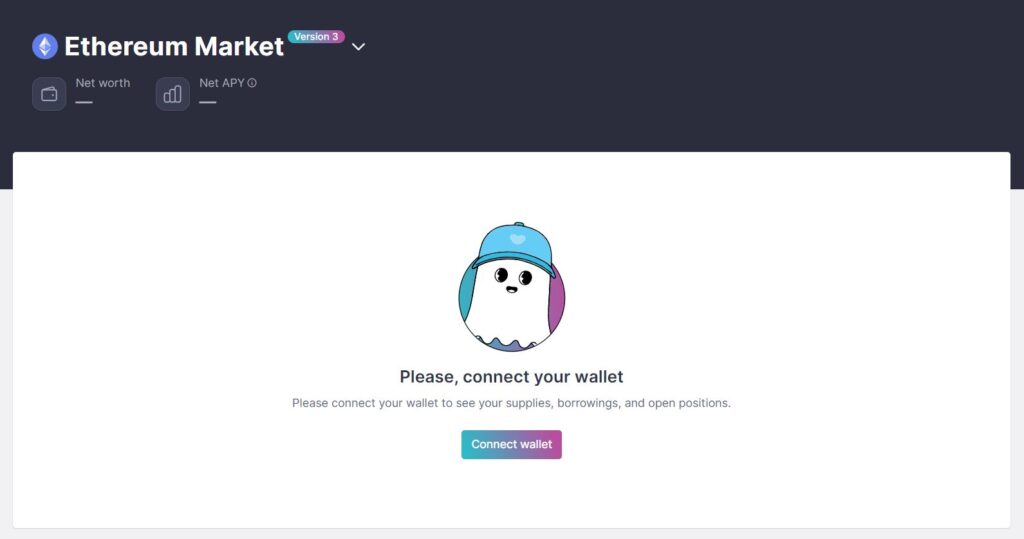From A to Z: Understanding Polygon Yield Farming and Its Potential

Join the latest trend in blockchain technology and start earning passive income with Polygon yield farming! In this blog post, we’ll introduce you to decentralized finance and show you how to start farming your tokens using Polygon’s easy-to-use platform. So grab your cryptocurrency wallet and join us on this exciting journey!
What is Yield Farming on Polygon, and How Does it Work?
Yield farming on Polygon allows users to earn rewards and generate yields on their cryptocurrency assets by locking them in a DeFi platform.

This process, known as liquidity mining, involves users depositing their tokens into a pool and earning rewards proportional to the amount they have contributed.
Yield farming on the Polygon network aims to attract deposits into platforms like Aave by offering rewards in MATIC tokens.
There are numerous ways to interact with the Polygon network and receive rewards, including lending tokens on platforms like Beefy or staking and farming functions through dApps like Arrakis Finance.
By understanding how to yield farming on Polygon works, users can take advantage of this lucrative opportunity and maximize their investment returns.
Top Yield Farming Programs on the Matic/Polygon Network
After learning about yield farming and how it works on Polygon, the next step is to explore the top-yield farming programs on the network.
QuickSwap is a leading DEX and AMM on Polygon, and their yield farming program offers liquidity mining for MATIC rewards.

Lucky Block is another option for yield farming on Polygon, although it is not technically a yield farming program.

Kyber Network and Tetu are also popular platforms for safe yield farming on the network. It is essential to do thorough research before investing in any yield farming program and be aware of the potential risks involved.
Pros and Cons of Yield Farming on Polygon
Yield farming on Polygon has its pros and cons. The pros include the high yields investors can earn, the low fees compared to other DeFi platforms and the broad range of tokens available for investment.
Additionally, yield farming on this network can offer more stable returns than other yield farming systems due to Polygon’s low gas fees and fast transaction times.
However, yield farming on Polygon can also be risky, especially for brand new investors who may not be familiar with the market or the platform’s processes.
Furthermore, the high returns may not always be sustainable, and investors should be wary of investing more than they can afford to lose.
Ultimately, yield farming on Polygon can be a viable investment strategy for individuals willing to research and invest wisely.
How to Get Started with Yield Farming on Polygon
To start yield farming on Polygon, the first step is to connect your wallet to the AAVE markets page and select the “Ethereum Mainnet.”

From there, browse the different yield farming programs available and choose one to deposit funds into a liquidity pool. Remember that farming usually incentivizes liquidity, so you may need to deposit some funds before earning rewards.
Additionally, it’s essential to monitor the statistics of each pool and track your farming and pool performance regularly.
However, before diving into yield farming on Polygon, it’s crucial to consider the risks and weigh the pros and cons of this strategy. Overall, yield farming on Polygon can be a lucrative way to earn returns on your crypto investments.
Still, it’s essential to approach it with a well-informed strategy and a solid understanding of the risks involved.

Yield Farming Strategies for Maximizing Your Returns on Polygon
Yield farming is a widespread practice in the DeFi space involving investors lending their tokens in exchange for rewards. When yield farming on the Polygon network, several strategies can maximize your returns.
First, it’s essential to understand the risk/reward ratio of a particular liquidity pool. Investors should look for pools that offer high rewards at low risk.
Secondly, diversification is key. Investors should spread their funds across various pools to reduce their risk exposure.
Additionally, investors should be aware of the time horizon for each pool. Some pools offer short-term yields, while others provide longer-term yields.
It’s essential to plan accordingly based on your investment goals. Lastly, investors can use yield farming aggregators to automatically switch between pools and maximize their chances of earning high yields.
With a sound strategy and a thorough understanding of the risks involved, yield farming on Polygon can provide substantial returns for DeFi investors.
Top Liquidity Pool Providers for Yield Farming on Polygon
When it comes to yield farming on Polygon, choosing the right liquidity pool provider is crucial for maximizing your returns. Some top liquidity pool providers on the Matic/Polygon network include QuickSwap, PolyZap, and Autofarm.
QuickSwap offers a fast and user-friendly platform for swapping and staking, with low fees and high liquidity.
PolyZap Farm has Zap farm and Zap Cloud pools where you can earn $PZAP, the project’s native fuel, while Autofarm is a cross-chain yield aggregator that enables users to easily stake in Autofarm vaults and get returns from yield farming pools.
It’s essential to research and carefully assess the risks before choosing a liquidity pool provider. However, yield farming on Polygon can be a lucrative investment opportunity with the right provider and a solid strategy.
The Risks of Yield Farming on Polygon and How to Mitigate Them
Yield farming on Polygon is an excellent opportunity to earn high yields but comes with risks. As we have discussed earlier, one of the significant risks is impermanent loss, which results from the price volatility of the token pair.
Yield farming also has market volatility, hacking, and scam risks, as the developers control your currency.
However, these risks can be mitigated by carefully choosing reputable yield farming programs and liquidity pool providers. Moreover, it is essential to diversify your investments and keep track of market trends.
Another way to mitigate risk is by keeping your funds in a non-custodial wallet, giving you control over your assets.
Overall, by taking informed and cautious steps, the chances of yield farming on Polygon can be minimized, making it a profitable investment opportunity.

Yield Farming vs Staking on Polygon: Which is Better for Your Crypto?
Regarding earning rewards on your Polygon crypto assets, yield farming and staking are two popular options.
Yield farming involves providing liquidity to a protocol in exchange for rewards, while staking involves holding your tokens to support the network and earn rewards.
While yield farming can offer higher returns, it also carries more significant risks due to the volatility of the DeFi market.
Staking, on the other hand, is typically considered a safer and more passive option. Ultimately, which option is better for your crypto depends on your investment goals and risk tolerance.
Those who prefer a more hands-on approach may want to consider yield farming, while those who prioritize stability may lean towards staking.
Researching and understanding both strategies’ nuances is essential before deciding which is best for you. Factors like the token you’re farming or staking and the specific protocol you’re using can also impact the potential returns and risks.
The Future of Yield Farming on Polygon and Predictions for the Market
Looking at the current trend in the yield farming market, it seems that Polygon’s yield farming is here to stay. With the increase in popularity, more platforms and protocols have integrated yield farming or liquidity rewards for user participation.
The future looks bright for yield farmers on Polygon, as it presents a viable alternative to traditional saving and investment methods.
However, there are still risks associated with yield farming, and mitigating them is essential to avoid losing funds. As the market continues to evolve, Polygon’s yield farming has the potential to attract more investors and provide higher returns.
With the right strategies and knowledge of the risks, yield farming on Polygon can be profitable for those looking to maximize their crypto returns.
VALUE OF 1000 POLYGON (Matic) TOKENS BY 2025 – Polygon Matic Cryptocurrency
RELATED: ESG & SRI: Sustainable Responsible Impact investing
